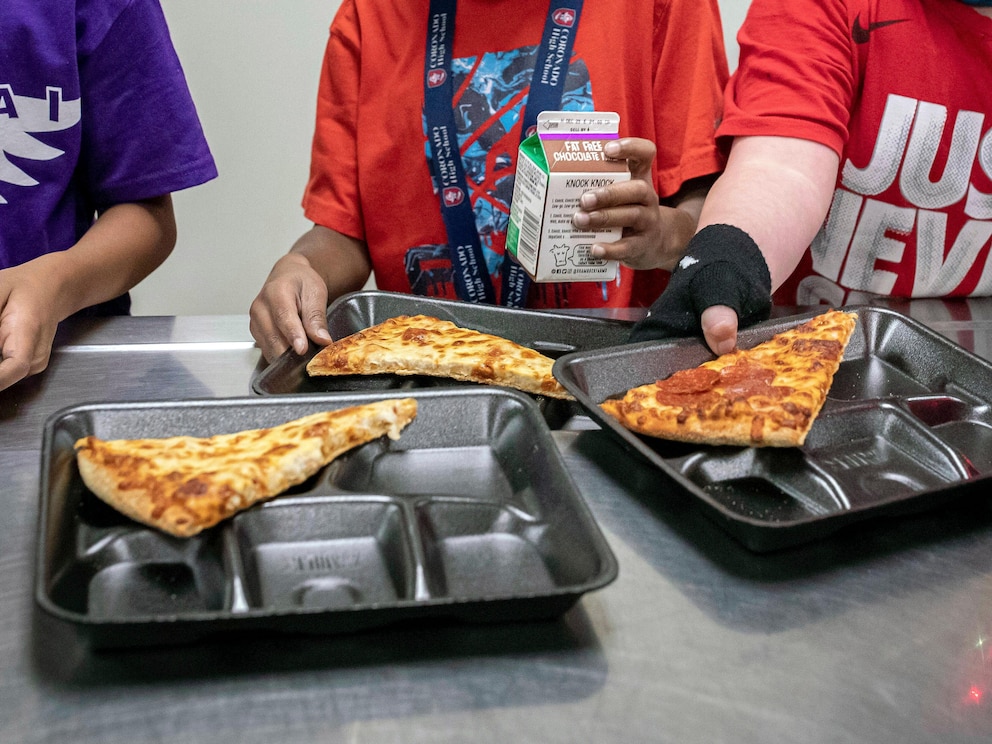Expanded US Program Allows More Students to Qualify for Free School Meals
Access to nutritious meals is crucial for the overall well-being and academic success of students. Recognizing this, the United States Department of Agriculture (USDA) has expanded its program, allowing more students to qualify for free school meals. This initiative aims to address food insecurity among children and ensure that they receive adequate nutrition during their school day.
The USDA’s National School Lunch Program (NSLP) has been providing free or reduced-price meals to eligible students for decades. However, the previous eligibility criteria often left out many students who were in need. The expansion of the program now allows for a broader range of students to qualify for free meals, reducing the stigma associated with receiving assistance and ensuring that no child goes hungry.
One significant change in the expanded program is the adoption of the Community Eligibility Provision (CEP). Under CEP, schools or school districts with a high percentage of low-income students can offer free meals to all students without requiring individual applications. This provision simplifies the process and eliminates the need for families to disclose their income information, making it easier for eligible students to access free meals.
Another important change is the expansion of the Direct Certification program. This program automatically enrolls students from households that receive certain assistance benefits, such as the Supplemental Nutrition Assistance Program (SNAP) or Temporary Assistance for Needy Families (TANF), into the free meal program. By leveraging existing data, more students who are already known to be eligible for assistance can now benefit from free school meals without additional paperwork.
The expansion of the program also includes adjustments to the income eligibility guidelines. Previously, families had to meet strict income requirements to qualify for free or reduced-price meals. However, the new guidelines have been revised to allow more families with slightly higher incomes to qualify for assistance. This change recognizes that even families with slightly higher incomes may still struggle to provide adequate meals for their children.
The benefits of this expanded program extend beyond addressing immediate hunger. Research has consistently shown that access to nutritious meals positively impacts students’ academic performance, attendance, and overall health. By ensuring that more students have access to free meals, the USDA is taking a proactive approach to support the well-being and success of our nation’s youth.
Furthermore, the expanded program helps to reduce the stigma associated with receiving free meals. In the past, some students may have been hesitant to participate in the program due to fear of being singled out or labeled as “poor.” By offering free meals to a broader range of students, this stigma is diminished, creating a more inclusive and supportive school environment.
It is important to note that this expansion of the program does not mean that students who were previously eligible for free or reduced-price meals will lose their benefits. Instead, it aims to reach more students who were previously excluded from the program due to strict eligibility criteria.
In conclusion, the expanded US program allowing more students to qualify for free school meals is a significant step towards addressing food insecurity among children. By adopting the Community Eligibility Provision, expanding Direct Certification, and revising income eligibility guidelines, the USDA is ensuring that more students have access to nutritious meals during their school day. This initiative not only supports the immediate needs of students but also promotes their overall well-being and academic success.



